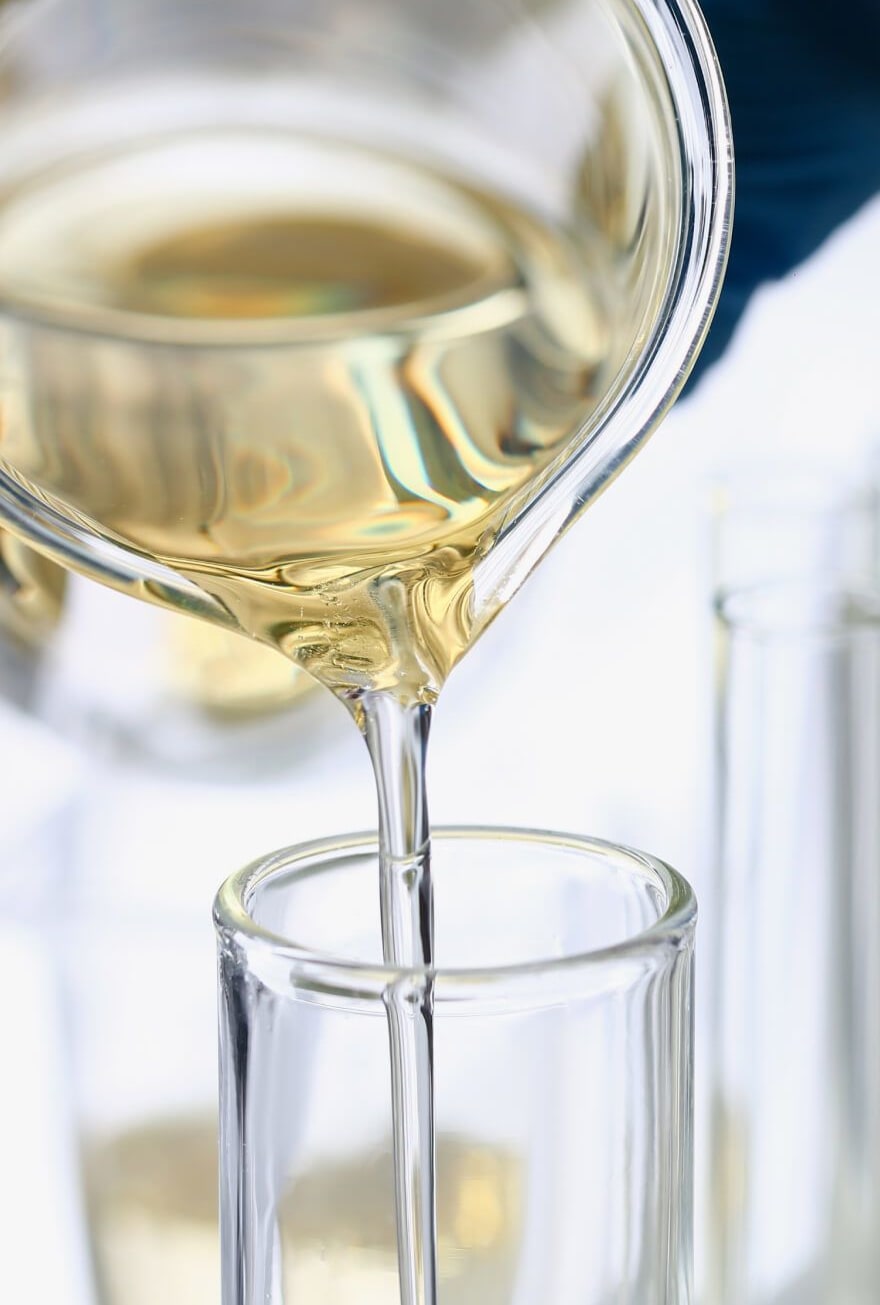Knowde Enhanced TDS
Identification & Functionality
- Chemical Family
- Chemical Name
- Fluids & Lubricants Functions
- CAS No.
- 68131-39-5
- EC No.
- 500-195-7
- Technologies
- Chemical Formula
CH3(CH2)n-O(CH2CH2O)yH
n = 11-14 and y = Average moles of Ethoxylation
Features & Benefits
- Fluids & Lubricants Features
- Biodegradability
STEPAN MWA-253 is readily biodegradable.
- Product Benefits
- 100% active
- Standard emulsifier chemistries
- Hard water tolerant
- Metal cleaning components, low foaming and coupling agent capabilities
Functional Characteristics.
STEPAN® MWA Products Product Class Sub-Class Functional Characteristics Emulsification Lubricity Antifoaming Metal Cleaning Hard Water Tolerance Antimisting Corrosion Inhibition Coupling Agent Biocidal Inert 200 Series Alkoxylates Castor Oil X X Alcohol X X X X X X Nonyl Phenol X X X EO/PO Polymers X X
Applications & Uses
- Markets
- Fluids & Lubricants Type
- Fluids & Lubricants End Use
- Applications
STEPAN MWA-253 is a highly active nonionic surfactant. It is stable in both acidic and alkaline solutions and can be used as an emulsifier and lubricant in synthetic and semi-synthetic metalworking fluids. STEPAN MWA-253 can be used as a component of lubricants, gear and chain oils, metalworking fluids, hydraulic fluids, and plasticizers, and it is soluble in naphthenic and paraffinic oils.
Properties
- Physical Form
- Appearance
- Clear to slightly hazy liquid (at 25°C)
- Soluble in
- Naphthenic , Paraffinic oils
- Typical Properties
| Value | Units | Test Method / Conditions | |
| Actives Content | min. 99.5 | % | — |
| Average Number of Moles (Ethylene oxide) | 3 | — | — |
| Color | max. 50 | — | Apha Scale |
| Density | 0.93 | g/ml | — |
| Flash Point | min. 94 | °C | PMCC Flash Point Tester |
| HLB | 8 | — | — |
| pH (in 5% aqueous) | 7 | — | — |
| Pour Point | max. 8 | °C | — |
| Regulated Volatile Organic Chemicals | 0 | % | U.S. EPA |
| Viscosity (at 25°C) | 17 | cPs | — |
Regulatory & Compliance
- Certifications & Compliance
- Chemical Inventories
- Clearances
- The international inventories (country clearances) of STEPAN MWA-253 can be found in Section 15 of the Safety Data Sheet (SDS). It is the responsibility of the formulator to review the chemical control regulations for each country where the end-product is intended to be sold or used.
- The STEPAN MWA-253 is available as Kosher Certified.
Safety & Health
- Health Effects
STEPAN MWA-253 is slightly toxic orally (LD₅₀ ≥1800mg/kg). Undiluted the STEPAN MWA-253 Series products are severe skin and eye irritants while a 1% dilution generally causes slight to mild skin irritation. See SDS for more information.
Packaging & Availability
- Packaging Type
- Standard Packaging
STEPAN MWA-253 is available in drums.
Storage & Handling
- Storage & Handling
- Normal safety precautions (i.e., gloves and safety goggles) should be employed when handling STEPAN MWA-253. Contact with eyes, nose or prolonged contact with skin should be avoided. Wash thoroughly after handling STEPAN MWA-253. See SDS for more information.
- While diluting the STEPAN MWA-253, as with all alcohol ethoxylates, they are prone to gelling. If the product is diluted into water, heating may be required to minimize or eliminate gel formation.
- It is recommended that the STEPAN MWA-253 should be stored in sealed containers and kept in a cool, dry place. If the products are frozen, they should be heated gently and stirred to ensure they are homogeneous before use. See SDS for more information.
- Workplace Exposure
Occupational exposure can occur primarily through skin contact or via inhalation of vapors and mists. Engineering controls, personal protective equipment, and other workplace practices should be used to control these exposures. See SDS for more information.

